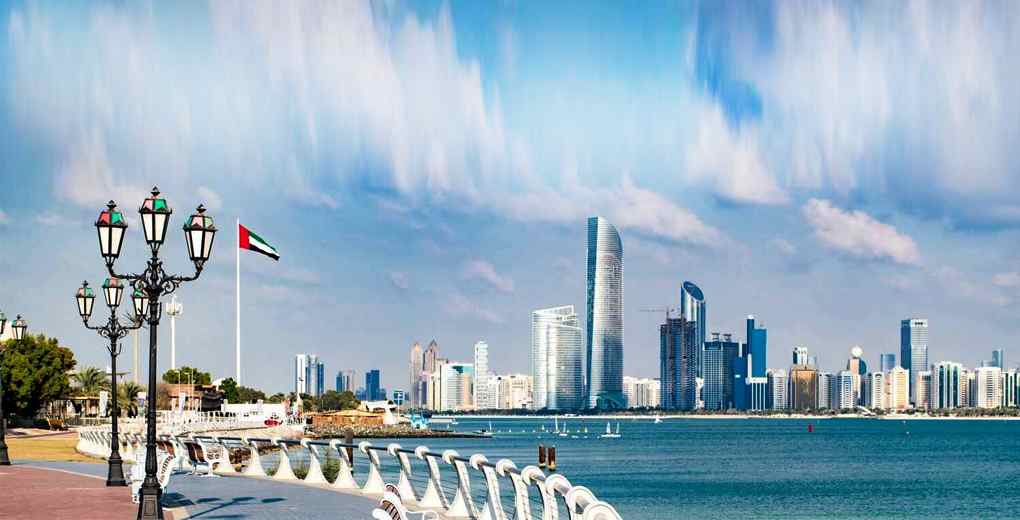UAE leaders receive congratulatory messages on the occasion of the 51st National Day
Fri 02 Dec 2022
Abu Dhabi: President His Highness Sheikh Mohamed bin Zayed Al Nahyan has received cables of congratulations from kings, presidents and emirs of brotherly and friendly countries on the UAE’s 51st National Day.
His Highness Sheikh Mohammed bin Rashid Al Maktoum, Vice President, Prime Minister and Ruler of Dubai received similar greetings.
About United Arab Emirates
The area’s history can be traced back to 6000 B.C. The UAE as a federation did not exist then. The area and the surrounding region were referred to as Arabian Peninsula. This page provides a brief about life in the area during ancient times and the significant events that took place on this land that affected the sovereignty and freedom of its people and lead them to form the country of the United Arab Emirates.
The area’s history can be traced back to 6000 B.C. The UAE as a federation did not exist then. The area and the surrounding region were referred to as Arabian Peninsula. This page provides a brief about life in the area during ancient times.
Early civilisations
Archaeological excavations reveal that ancient civilisations flourished in the region; starting from either the Neolithic or Paleolithic Ages (6000 B.C. – 3500 B.C.) up to the end of the Iron Age (1300 B.C. – 300 B.C.).
In this period, there were Bedouin communities, which lived on fishing and plant collecting. This era was characterised by the emergence of pottery, evidence of which was found in Sharjah, Umm Al Quwain, Ras Al Khaimah and Abu Dhabi. The evidences could be traced back to the Ubaid period, part of the Paleolithic Age, dating back to the sixth millennium B.C.
This age is divided into three periods:
- Jebel Hafeet period
This period extends from 3200 B.C. to 2500 B.C. and was named so because of the tombs found in Jebel Hafeet near Al Ain city in the emirate of Abu Dhabi.
- Umm Al Nar period
This period extends from 2500 B.C. to 2000 B.C. It was named so after the discovery of the monuments on Umm al Nar Island in Abu Dhabi in the mid-nineteen fifties.
- Wadi Suq period
This period extends from 2000 B.C. to 1300 B.C. and was named after one of the sites in Wadi Suq, between Al Ain and the Omani coast.
This age extends from 1300 B.C. to 300 B.C. The archaeological finds show the emergence of the first use of falaj irrigation systems that enabled the extraction of groundwater for continuous cultivation in the dry climate. UAE Leader National Day Messages UAE Leader National Day Messages

 Apr 19 2024
Apr 19 2024













